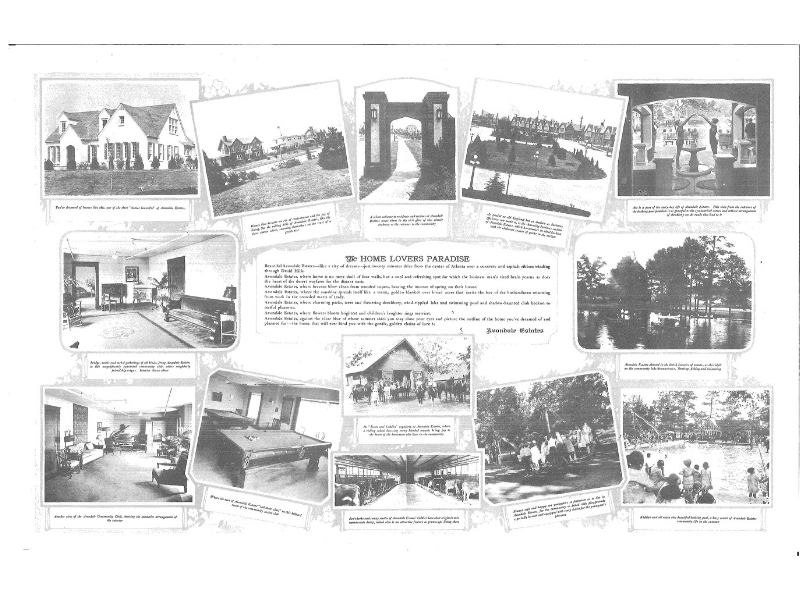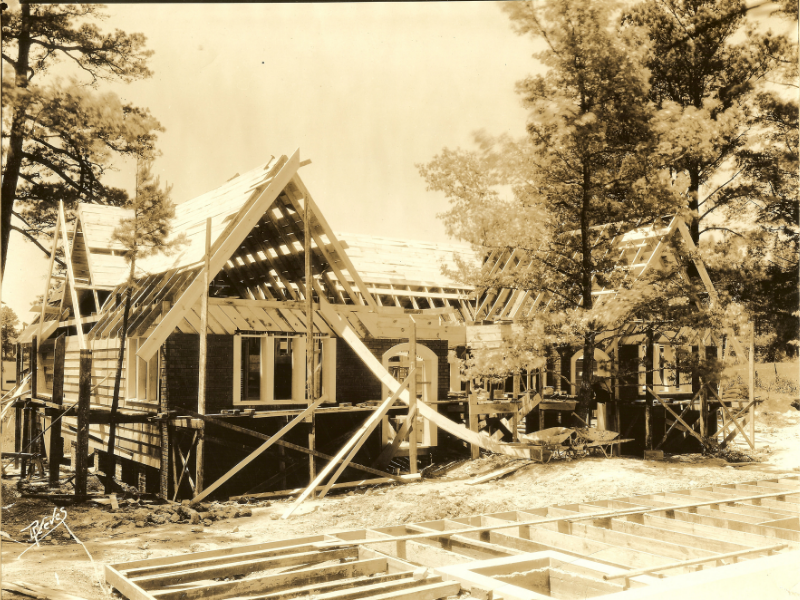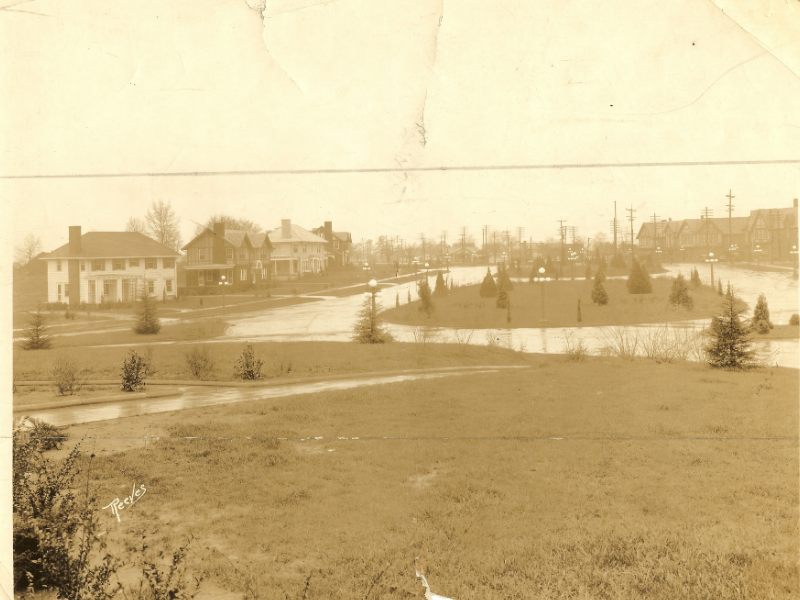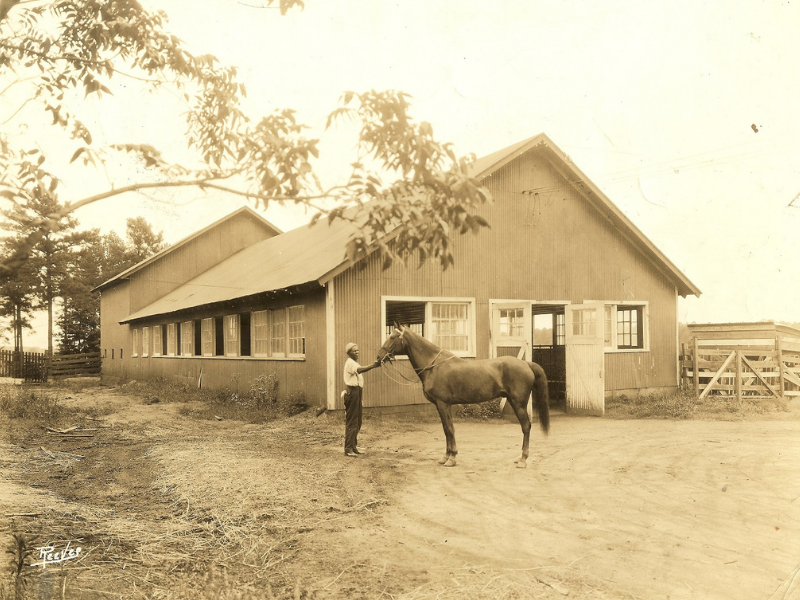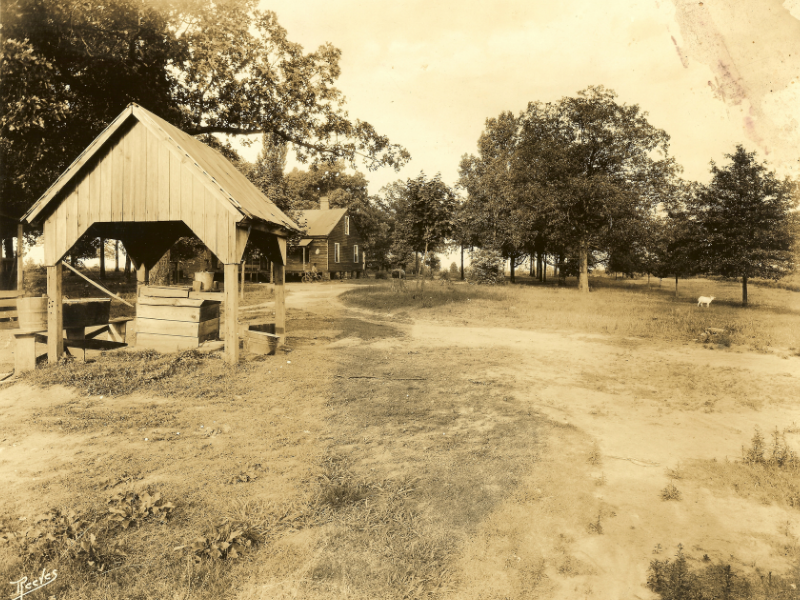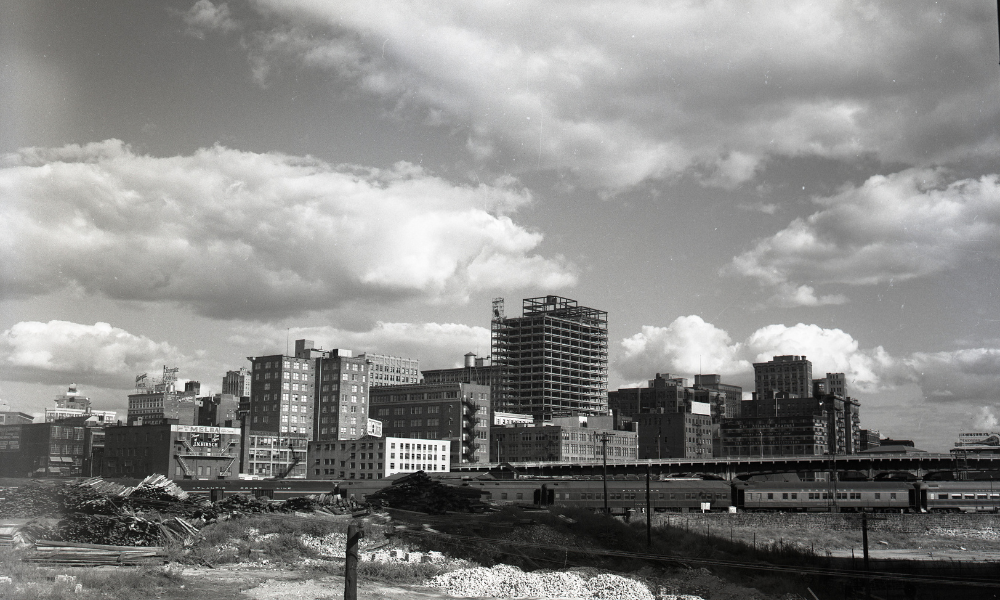Little England in Georgia: Avondale Estates
“There, Clover found the “gardens and great trees and old cottages…so beautiful” that seeing them exhausted her. It was as if, she joked with her husband, “this English world is a huge stage-play got up only to amuse Americans. It is obviously unreal, eccentric, and taken out of novels.” ― Natalie Dykstra, Clover Adams: A Gilded and Heartbreaking Life
Imagine this: you are driving along, baking under the hot sun that never stops beating down. You feel a trickle of sweat bead your forehead, and you wipe it away, a bit absentmindedly. As you continue, you see all the hallmarks of suburbia: cookie-cutter houses stamped out one after another, interspersed with the occasional business. Yet, suddenly you spot a Tudor building, and then another! Soon a miniature English village surrounds you in the middle of Georgia. What is this place? You have found yourself in Avondale, a quaint town located twenty minutes from the center of Atlanta.
Avondale is a mimicry of an English town, transplanted into the South. George F. Willis, a pharmaceutical magnate purchased the entire town of Ingleside to create his vision in 1924. Willis had recently travelled to Stratford-upon-Avon, the birthplace of William Shakespeare. This influenced the architectural style and bequeathed the city its name, Avondale. The visual look of the estates was an important aspect, intended to create a harmonious life. One advertisement claimed that “art is a part of the everyday life of Avondale Estates,” and buildings were “graceful,” roads were “symmetrical curves,” and shrubbery was “artistic[ally] arranged.”
A key marketing strategy tried to attract families through their offspring. The dairy and milk products, often perceived as a way to build healthy children, was advertised: the “red cheeks and sunny smiles of Avondale Estates’ kiddies have their origin in [the] immaculate dairy.” Agriculture and the bucolic images assured parents that the community would be a good place to raise children. The ads stated that “always safe and happy are youngsters so fortunate as to live in Avondale Estates, for the community is dotted with playgrounds especially located and equipped with every device for the youngster’s pleasure.” Advertisements vilified city life, disdaining spending “the long summer months in a cramped, stuffy apartment – or even a home on the crowded city streets.”
Advertisers emphasized that Avondale had abundant clean-air and sunshine. Thus, Avondale was a place where children could be uninhibited, “an environment that would mold [children into] the men and women that [their parents] want them to be.”
Advertisements framed the community as paradisaical, describing Avondale as “a city of dreams… where the home is no mere shell of four walls, but a cool and refreshing spot for which the business man’s tired brain yearns like the heart of a desert wayfarer for the distant oasis… Avondale Estates, where the sunshine spreads itself like a warm, golden blanket over the broad acres that invite the hoe of the husbandman returning from work in the crowded marts of trade.” This quote reveals that traditional labor jobs such as farming were not perceived to conflict with the business world.
The Tudor Revival style ties into this rural/modern dichotomy. The style experienced a revival in Europe after World War I due to a nostalgia for traditional values; this spread to other countries including the United States. It became popular with the middle class, particularly within suburbia, as the buildings were livable with a veneer of stylistic flourishes that, in earlier times, were associated with the upper class. The “tapestry brick… selected hardwood floors… bronze lighting fixtures… built-in bookcases in [the] living room…. Tile… set in terraces and bathroom, [a] China closet in the breakfast room” were new consumer novelties. On this note, it is important to note that Avondale was only intended for “families of proven standing and financial responsibility.” The community attracted a certain upscale, like-minded clientele.
Avondale is unique, a time capsule of a particular time in American history. Yet, the themes underlie the creation of the community – a return to simpler life, idealizing the past – are quintessentially American. Avondale is an early example of the now common planned community, an early antecedent to later house trends. In the next thirty to forty years, suburbs would become popularized as urban flight began. Yet, Avondale is also a unique landmark, a testament to cross-cultural exchange across the Atlantic Ocean.
References
Dykstra, Natalie. Clover Adams: A Gilded and Heartbreaking Life. Boston: Houghton Mifflin Harcourt, 2012.
Avondale Estates. “Here Is a Typical Home Purchasing Opportunity.” Advertisement.
“History.” City of Avondale Estates Georgia. Accessed June 29, 2018.
Avondale Estates. “The Home Lover’s Paradise.” Advertisement.



